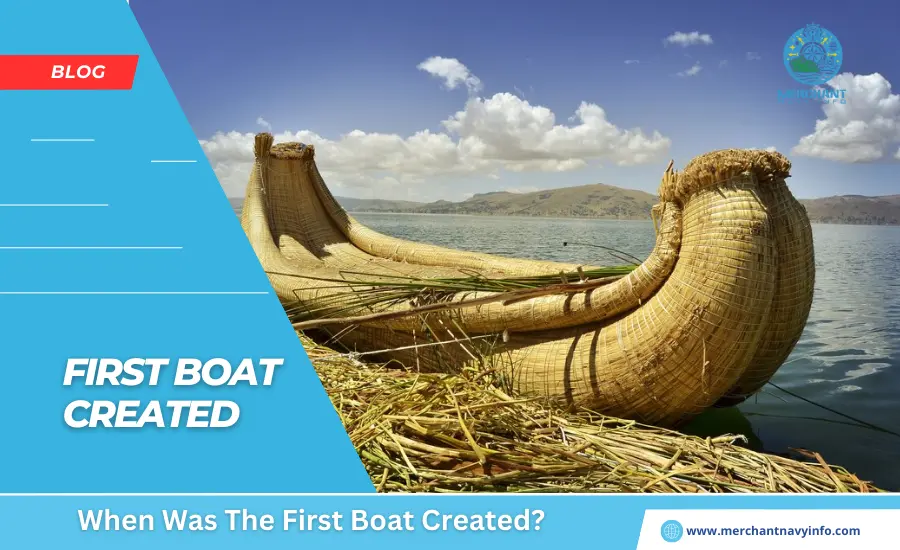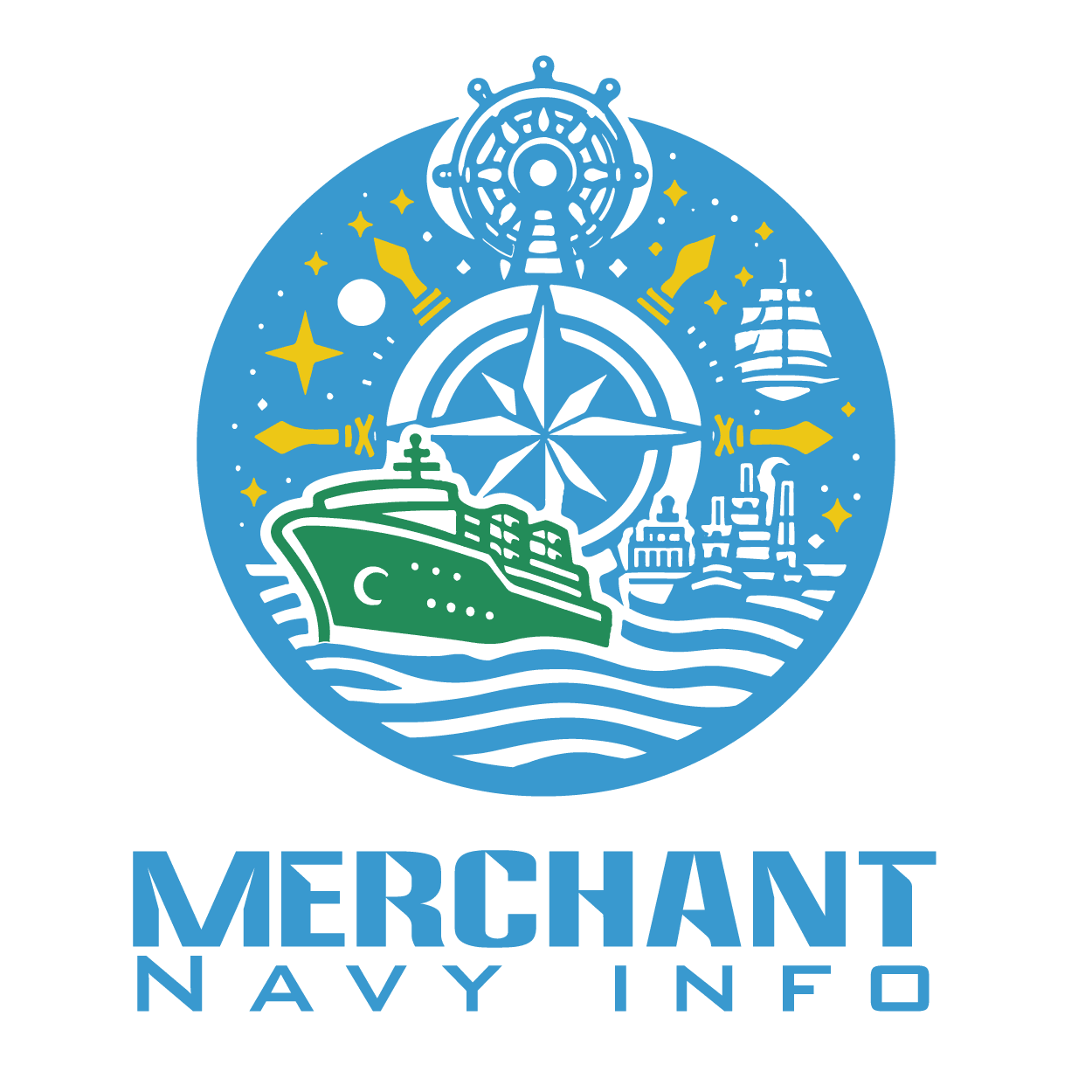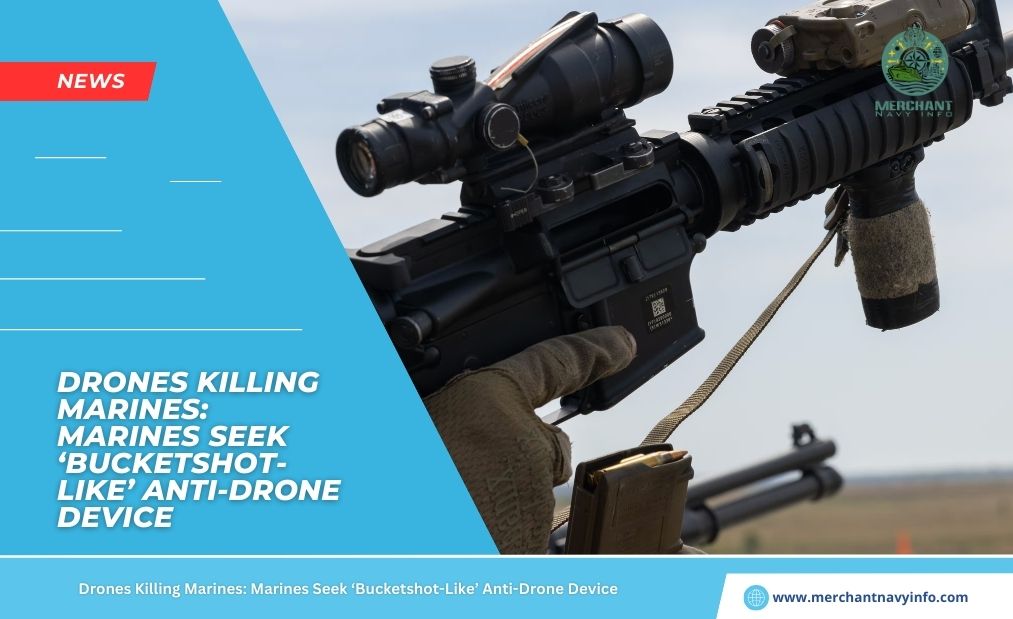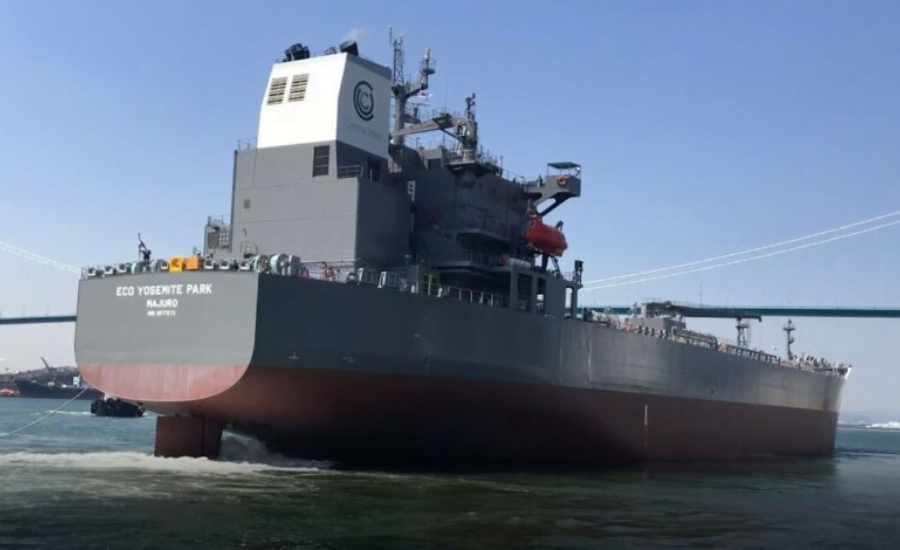
When were boats invented – Boat have been used by humans for thousands of years, making them older than other forms of transportation. Throughout history, they have been used not only to transport goods and people but also for war, exploration, discovery, and conquest. Today’s ships and sailing vessels are further developments of ancient ships. It is simply more comfortable and has modern equipment, but the basic design and mechanics remain the same. The past 150 years have been extremely important in the history of boating and shipping.
Guided by the needs of colonisation, capitalism, and imperialism, boats became bigger, better, and more efficient. It is interesting to know that maritime mastery and possession of a powerful fleet were the keys to world conquest in ancient and medieval times. This allowed Britain to create the largest colonial empire from the 18th century to the 19th century. Similarly, it also enabled the Portuguese, Dutch, Spanish, and French to conquer the New World and America in the 16th century and 17th centuries.
Boat History – When was the First Boat Invented?
The history of boats is older than the history of civilization and the earliest written evidence of when were boats invented. The earliest ships were not built by modern humans but by their ancestor, Homo erectus, about 800,000 years ago, and this is likely how they spread from Africa to other parts of the world. According to archaeological data, the world’s oldest ships date back to between 8200 and 7600 BC. B.C. It is called a pesce canoe and was discovered in the Netherlands. It was a three-foot-long dugout canoe carved out of the bark of a red pine tree. However, experts speculate that the boat had already been heavily used before. This can be seen in the earliest depictions of ships carved into rock in Azerbaijan, dating from 10,000 BC. Estimate your B.C.! It showed a reed rowboat with about 20 people on board.
Ancient Vessel
Another ancient vessel from the era was a speedboat, which facilitated ancient seafaring activities. It was designed, manufactured and deployed off the coast of India. Evidence of its use was found in Beypore, a village in southern Kerala. These types of boats were used by the ancient Arabs and Greeks for maritime trade, and in the first centuries, they transported around 400 tons of goods. Throughout history, boat have evolved slowly and continuously, improving as needs and times change. For example, older boats had a minimalist and very simple design.
They were called rafts and were made from reeds, tree bark, and logs. In ancient Egypt, these rafts were made of papyrus cane and were very sturdy. Cave paintings and reliefs show that these early rafts were also used in other parts of the world, including Kuwait, Peru, Bolivia, Easter Island, and Scandinavia. Later, warships, steamships, and, more recently, leisure cruises and sailing ships for recreational and professional sports were invented in the Middle Ages and early modern times.
Tracking the Evolution and Evolution of Boats
Many civilizations flourished and then perished due to the ravages of time. However, archaeological remains remain, and you can learn about its customs, culture and transportation. Let’s take a look at when were boats invented.
Oldest Yacht
The first evidence of sailing ships is in ancient Egypt, where they were used on the Nile River. Ancient Egyptians used the Nile River for travel from what is now Aswan. According to reliefs, these ships were primarily used to transport obelisks (columns erected at temple entrances) along the Nile from Upper Egypt. These boats had masts, sails, and oars. It was about 100 metres long and was quite long-lived. They were used on the Nile, so they had to be rowed when the wind was unreliable. These boats had one square sail and one oar bank. Later, the Romans used his two-stage and his three-stage biremes and triremes. These boats were so large that they employed more than a dozen rowers.
Board Use
The Metal Age dates back to 3000 BC. It dates back to 1800 B.C. when metals began to be used in a variety of ways. In shipping, it led to the development of the planks, which made it possible to build larger ships for war and trade. The earliest civilizations to build and use these ships were the Phoenicians, Greeks, and Egyptians. Around 2500 BC, there was a major development in shipbuilding. In the 4th century B.C., the Egyptians began to explore the oceans, the Mediterranean Sea, and the Red Sea. They began building large wooden ships suitable for sea travel.
Syrian and Lebanese
galleys c.1550-300 BC. In the 4th century B.C., the Phoenicians of the Canaanite civilization began building ships called galleys. A human-powered ship used for trade and war. It had oars and lots of sails to go fast. They were widespread until the 19th century. Galleys used in warfare became very popular in the 16th century when she ushered in an age of exploration and discovery. These galleys were also used as pirate ships and were also equipped with ammunition and cannons. The War of Lepanto in 1571 involved hundreds of rowboats and about 400 galleys and was the largest naval battle in history.
Longboats Built by the Vikings
After 1000 AD, most kingdoms and civilizations gained control of the seas and oceans to achieve political and economic dominance. One of them was a Scandinavian seafaring group called the Vikings, who raided, traded, and settled there from the 8th century to the 11th century. They built “longboats,” huge ships with sails. Boat were rowed by 60 to 70 men and were faster and larger but also narrower. This made it suitable not only for rivers but also for long-distance travel in the open ocean. They had long overlapping boards and a single large mainsail. It was used for travel between Scandinavia and France, England, and Spain.
Chinese Ships -Junk
From 1100 AD, the Chinese began building boat, or so-called junk. These boats used oars for steering and had watertight compartments. The sails also had battens and were used to transport supplies and as warships. These were much more advanced than the European ships introduced later and had similar capabilities. The largest ship was 150 metres long and had nine masts.
Dutch Yacht
The yacht was invented by the Dutch in the 14th century and was mainly used by wealthy Danish merchants. He was also a member of the Dutch Navy.
Galleon
While early galleys used oars, Spanish galleons had huge sails tied together with many strong ropes. The sails were so wide that many people were needed to set them up. In the 17th century, they were used to transport goods from the New World. These were also converted into pirate ships.
Steamship
Britain remained a powerful naval power, but after gaining independence in 1776, it lost supremacy to the United States. Since then, the Americans began to build better ships at a much lower cost than the British. The advent of the Industrial Revolution coincided with the development of steam-powered ships designed for long-distance voyages. The first steamship was built in her 1819 and transported cargo and passengers across to the Atlantic Ocean. These ships operated on steam power. Their engines burned coal to heat water and huge boilers to produce steam. This steam moved the propeller and paddle wheels.
Clipper Ship
American Shipyard was one of the best shipbuilders in its field in the early 19th century and built the clipper ship. These ships were wide and had high masts and long hulls designed to quickly gain speed. They had her three masts, a protruding bow and wide sails. The first clipper ship was the Rainbow, built in New York in 1845. Another large clipper boat is the Royal Clipper, a five-masted barque.
Many other clipper ships were built in East Boston and used in the tea trade between China and Great Britain after the British East India Company’s monopoly on the Chinese tea trade ended. Then, the American clipper ship Witch of the Wave arrived in England from Canton in just 90 days. In 1854, another clipper ship called the Lighting sailed her 436 miles in 24 hours, setting a new speed record. Therefore, the use of clipper ships was a turning point in the history of shipping and trade.
Ocean Liners
At the turn of the century, sails and masts began to disappear, and metal was also widely used in shipbuilding. The first ocean liners were built in the late 18th century, around 1845, and mainly used iron. They had steel propellers and hulls. Previous Atlantic ships had wooden hulls, but the new lever-operated steam engines put tremendous pressure on the rather fragile bottoms on which the ships were built. As a result, repairs were frequent and troublesome. The solution was an iron hull. This led to the creation of the first ocean liner. These ships were huge, such as the Great Eastern, which was 692 feet long, displaced 32,170 tons, and had a propeller, two paddle wheels, and auxiliary sails.
Paddle Steamers and Paddle Steamers
In addition to the large ocean-going steamers, there were also smaller ships that sailed on rivers, the so-called paddle steamers or paddle steamers. There were also paddle steamers with paddle wheels on both sides. These riverboats were used for inland river transport and travel in England and other parts of Europe in the 1880s. These were built for coastal trade with neighbouring regions. As the name suggests, we used paddles and steam.
Diesel ship
The first commercial diesel ships were built in the early 20th century. In 1904, the French diesel ship “Petit Pierre” was built. She was 125 feet in total length and was powered by her 25-horsepower engine with a reverse-pitch propeller. She was a barge used in the inland waters of the Marne Rhine Canal. Since then, diesel ships with powerful engines have become popular.
First Hovercraft Invention
A hovercraft is a type of boat whose bottom consists of an air cushion. The hovercraft consists of three parts: the platform or floor, the motor, the fan, and the skirt. Air enters the platform through the fan, and the apron prevents air from escaping to the outside. These are rugged and currently used by the military, rescue, search operations, coast guard, and many types of water sports. These are light and easy to handle. The earliest hovercraft was invented and tested by Christopher Cockerell in 1955. The first designs were rudimentary, using air-filled cushions.
Container Ships
During the 19th and 20th centuries, the shipbuilding industry saw many technological advances that led to the construction of large container ships used in international trade. These ships are designed to provide maximum storage space for containerized cargo on deck. The hull of a container ship is a large warehouse divided into a number of compartments by vertical railings. These cells or compartments are used to store packed container cargo. They are usually made of steel, but other materials such as aluminum, fibreglass, and plywood are also used. Container ships carry a variety of materials, from packaged food to metals and hazardous materials. A modern container ship, she can store more than 1,000 containers.
Cruise Ship/Passenger Ship
In the late 1990s, leisure ships, such as cruise ships, became popular. They were elaborate and equipped with every comfort for the wealthy. These can be used for recreational sailing, fishing, or simply exploring the waters. Since then, passenger cruises have become very popular, and many people like to spend their vacations on exotic sea voyages.
Conclusion
Boat are in constant use. They have evolved. The earliest ones were made of reed, then wood, and finally, iron and steel were used in construction. They are essential for the transportation of people and goods, and they play a role in spreading culture, religion, and customs across different regions.










